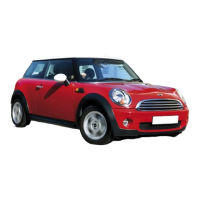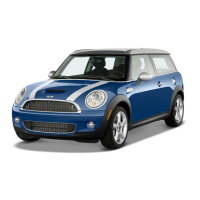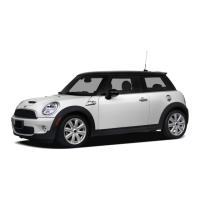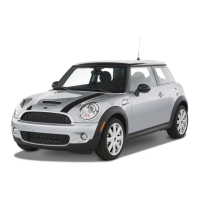may perform an active steering inter-
vention when there is no response to
the steering wheel vibration and a lane
marking is crossed at speeds of up to
130 mph/210 km/h. The steering interven-
tion helps return the vehicle into the lane.
The steering intervention can be noticed
on the steering wheel and can be manually
overridden at any time.
The steering intervention is carried out
from a minimum speed. This minimum
speed is displayed on the Interaction Unit.
Warning light flashing
As a self-test of Active Blind Spot Detec-
tion, the warning light on the exterior mir-
ror flashes briefly when the vehicle is un-
locked.
System limits
General information
Follow the system limits in the "Collision
warning systems" chapter.
Functional limitations
The Lane Change Warning system may be
restricted in the following situations:
– When a vehicle is approaching at a
speed much faster than your own.
– In tight corners or on narrow roads.
– The bumper is dirty, iced up or covered,
for instance by stickers.
Depending on the national-market version,
the steering intervention e.g. in the follow-
ing situations:
– In the event of missing, worn, poorly
visible, merging, diverging, or multiple
lane boundaries such as in construction
areas.
– With lane boundaries that are covered
in snow, ice, dirt or water.
– With lane boundaries that are not white.
– With lane boundaries that are covered
by objects.
– When driving very close to the vehicle
in front of you.
– If the camera is impaired.
– Up to 10 seconds after drive-ready state
is turned on via the Start/Stop switch.
A Check Control message may be displayed
when the system is limited. A yellow warn-
ing light also illuminates, depending on na-
tional-market version.
Rear-end collision preparation
Principle
Depending on the equipment and national-
market version, the rear-end collision prep-
aration can react to vehicles approaching
from behind.
Depending on the national-market version,
the hazard warning flashers are switched on
and PreCrash functions are triggered where
applicable if a vehicle approaching at a cer-
tain speed is detected.
The sensors monitor the area behind the
vehicle.
The rear-end collision preparation function
is activated automatically when you start
driving and is deactivated automatically in
certain situations.
Seite 184
CONTROLS Safety
184
Online Edition for Part no. 01405B37A59 - II/24

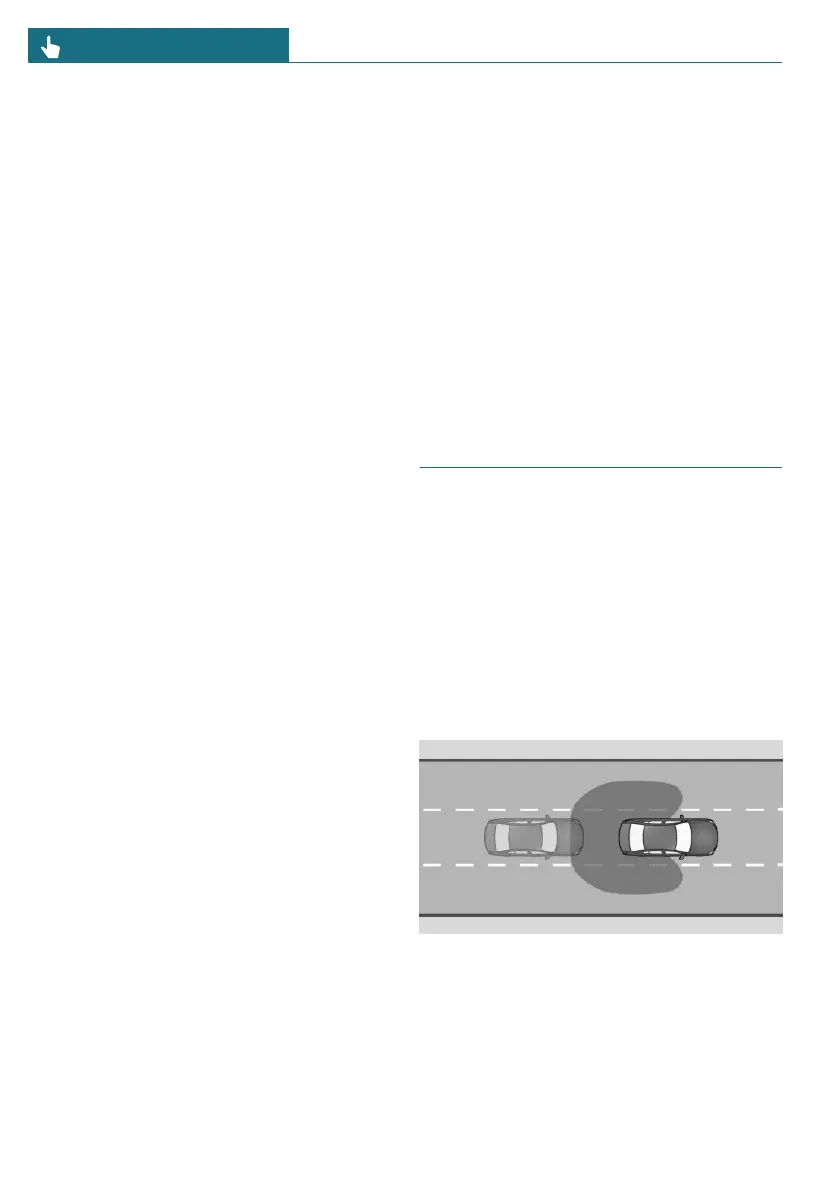